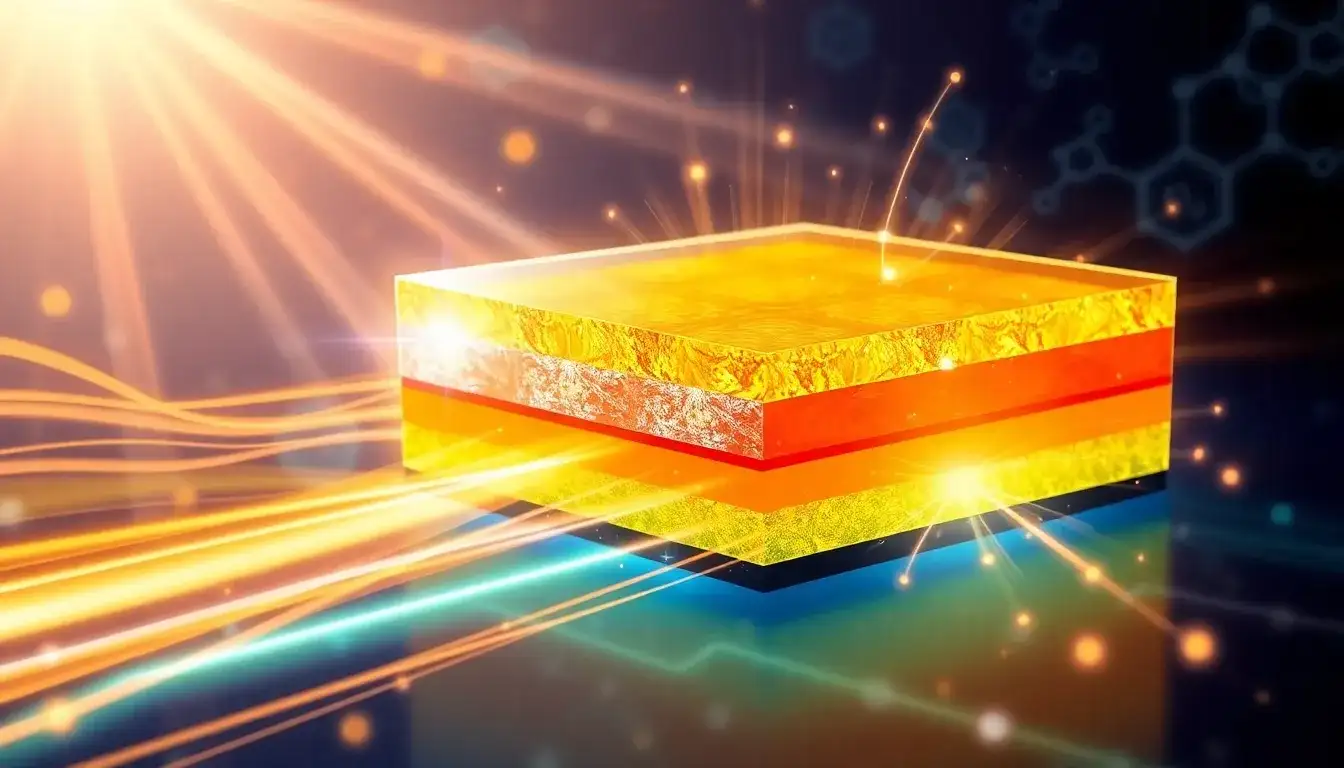
Optimal Methylammonium Chloride Additive for High-Performance Perovskite Solar Cells
Abstract: Organic–inorganic lead halide perovskite solar cells (PSCs) have shown promising advancements in recent years due to their exceptional photophysical properties. The efficiency of PSCs is closely linked to the quality of the perovskite film, and additive engineering has emerged as an effective strategy to regulate its crystallization. This study introduces methylammonium chloride (MACl) as an additive to enhance the crystallization of perovskite films and reduce defect formation, aiming for high-performance PSCs. After investigating the impact of various MACl concentrations on film quality, we determined that the optimal MACl incorporation is 10%. This optimal concentration improves film morphology, resulting in larger grains, smoother surfaces, and fewer defects. Consequently, PSCs incorporating 10% MACl achieved a power conversion efficiency (PCE) of 23.61%, significantly surpassing the control device’s PCE of 16.72%.
1. Introduction
The superior photophysical characteristics of perovskites, such as high absorption coefficients, elevated carrier mobility, extended carrier lifetimes, low exciton binding energy, and adjustable bandgaps, have led to notable improvements in organic–inorganic lead halide perovskite solar cells (PSCs). The power conversion efficiency (PCE) of PSCs has risen dramatically from 3.8% in 2009 to over 26% by 2024, challenging the efficiency of traditional silicon solar cells. The quality of perovskite films plays a crucial role in determining the efficiency of PSCs. Recent research has focused on various strategies, including solvent regulation, atmospheric control, composition adjustments, and additive engineering, to produce high-quality perovskite films characterized by smooth surfaces, low roughness, dense and large grains, high crystallinity, and minimal trap defects.
Among the various additives, chloride-based compounds are particularly effective in enhancing the nucleation and growth of perovskite grains, improving film morphology, and reducing trap density. Studies have shown that introducing MACl into perovskite systems positively influences crystallization and film quality. For instance, research has demonstrated that MACl-based perovskite films exhibit enhanced stability and reduced halide segregation, which are essential for high-efficiency PSCs.
In this work, we investigate the effects of adding MACl to perovskite precursors to improve film quality and performance. Through a methodical study of different MACl concentrations, we identified 10% as the optimal level for incorporation into perovskite films.
2. Experimental Section
2.1. Materials
The materials used include methylammonium chloride (MACl), lead bromide (PbBr2), cesium iodide (CsI), formamidinium hydroiodide (FAI), and (6,6)-Phenyl C61 butyric acid methyl ester (PC61BM), sourced from reputable suppliers.
2.2. Device Fabrication
FTO substrates were meticulously cleaned and treated under UV ozone before film formation. A solution containing MeO-2PACz was deposited, followed by the preparation of the perovskite precursor solution. Different percentages of MACl were incorporated into the precursor, and perovskite films were formed through spin-coating. The films were subsequently annealed to enhance crystallization.
2.3. Characterization and Testing
The morphology of the perovskite films was characterized using scanning electron microscopy (SEM) and atomic force microscopy (AFM). X-ray diffraction (XRD) was employed to analyze crystallinity, while photoluminescence (PL) and current density–voltage (J-V) measurements assessed the optical and electrical properties of the PSCs.
3. Results and Discussion
3.1. Optimal Amount of MACl Additive
We evaluated the performance of PSCs with varying MACl concentrations, identifying 10% as the optimal amount for enhancing device efficiency. The parameters such as open-circuit voltage (Voc), fill factor (FF), and short-circuit current density (Jsc) exhibited significant improvements at this concentration.
3.2. Improvement in Perovskite Film Quality
The morphological analysis revealed that the control perovskite films had smaller grain sizes and nonhomogeneous distributions. In contrast, films with 10% MACl displayed significantly larger grains and smoother surfaces, indicating improved crystallization facilitated by the additive. The reduction in surface roughness further contributed to the overall performance of the PSCs.
3.3. Performance of PSC Devices
The PSCs fabricated with 10% MACl achieved the highest efficiency, with metrics significantly exceeding those of the control devices. The reduced dark currents observed with MACl incorporation suggest a decrease in defects and trap states, enhancing device stability.
4. Conclusions
In conclusion, introducing MACl as an additive in perovskite precursors has proven effective in enhancing film crystallization and suppressing defect formation. The optimal concentration of 10% MACl resulted in improved morphological characteristics and exceptional device performance, achieving a PCE of 23.61%. This study highlights the potential of MACl in advancing the efficiency of perovskite solar cells.
Supplementary Materials
Supporting information, including additional figures and tables detailing experimental conditions and results, can be found at the designated link.
This rewritten article retains all the essential data and facts while improving the overall fluency and readability for better comprehension.
Original article by NenPower, If reposted, please credit the source: https://nenpower.com/blog/enhancing-perovskite-solar-cell-efficiency-with-optimal-methylammonium-chloride-additive/


